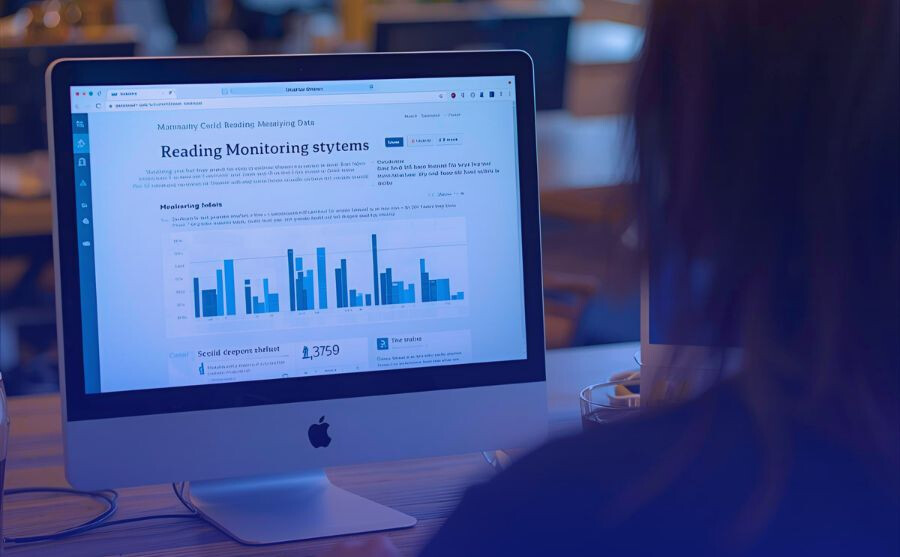

9/29/2025



In recent years, the issue of energy poverty has become increasingly central to public debate. Millions of households in Europe and around the world struggle to afford the costs of heating, lighting or cooling their homes. Traditionally, social tariffs — subsidies for those in disadvantaged economic circumstances — have been an essential tool for ensuring universal access to energy.
Current subsidy models have obvious limitations: generic access criteria, poor flexibility and little adherence to actual consumption. In this context, the introduction of smart meters can radically transform the way social tariffs are designed and applied, enabling a more equitable, dynamic and targeted approach.
As we have already discussed several times, traditional meters simply measure overall consumption on a monthly or bi-monthly basis, whereas smart meters collect detailed consumption data in near real time, with hourly or even, in the case of electricity, quarter-hourly granularity. This capability paves the way for much more sophisticated use of data.
Firstly, they ensure continuous monitoring, as utilities can detect consumption patterns, identify abnormal peaks and intervene with targeted support policies. Secondly, they enable access to flexible tariffs, because the data allows tariffs to be adjusted according to time of day and season, helping households to save money at times of greatest vulnerability (e.g. during cold spells or heat waves). Finally, they offer transparency, as consumers can access detailed information about their usage, enabling them to better manage their household budget.
Smart meters, therefore, are not limited to reading consumption, but can become enablers for new social support models. Here are some innovative examples that have already been tested or discussed internationally:
Intelligent use of data collected by smart meters offers concrete advantages, such as:
Despite the benefits, there are significant challenges that utilities must address in order to make this virtuous model the standard. First and foremost, there must be a strong focus on privacy and security. Granular data can reveal a lot about a family's daily habits. It is essential to protect this information with robust cybersecurity measures and transparent governance rules. It is also crucial to address the digital divide, as the households that would benefit most from smart social tariffs are often the least digitised. Technology must therefore be accompanied by training and accessible tools. Finally, the regulatory framework needs to be refined, as many countries lack clear rules allowing for the application of flexible data-based tariffs. Coordinated efforts are needed between utilities, regulatory authorities and consumer associations.
The use of smart metering to enable social tariffs and energy inclusion strategies is still evolving, but there are already interesting initiatives in several countries. Here are some examples that demonstrate how technology can be used to promote equity.
Looking ahead to the coming years, it is likely that many of these experiments will become standard models. Climate challenges, rising energy costs and the transition to more decentralised networks will make it crucial to exploit digitalisation not only for technical efficiency, but also to ensure fairness and accessibility. Looking ahead, technological evolution opens up interesting scenarios:
Smart metering is not just a technical tool for utilities, but can become a powerful ally for energy justice. Fully exploiting the potential of this data means rethinking social tariffs in a dynamic, inclusive and sustainable way.
However, an integrated vision is needed: technological innovation, a solid regulatory framework, data protection and support for the most vulnerable users. Only in this way can smart meters truly contribute to reducing energy poverty and building a more equitable future for all.

Want to know more?
We’d be happy to talk more in detail about your needs and explore how we can become your ideal partner, to assist you in your business venture of innovation, digitization and sustainability